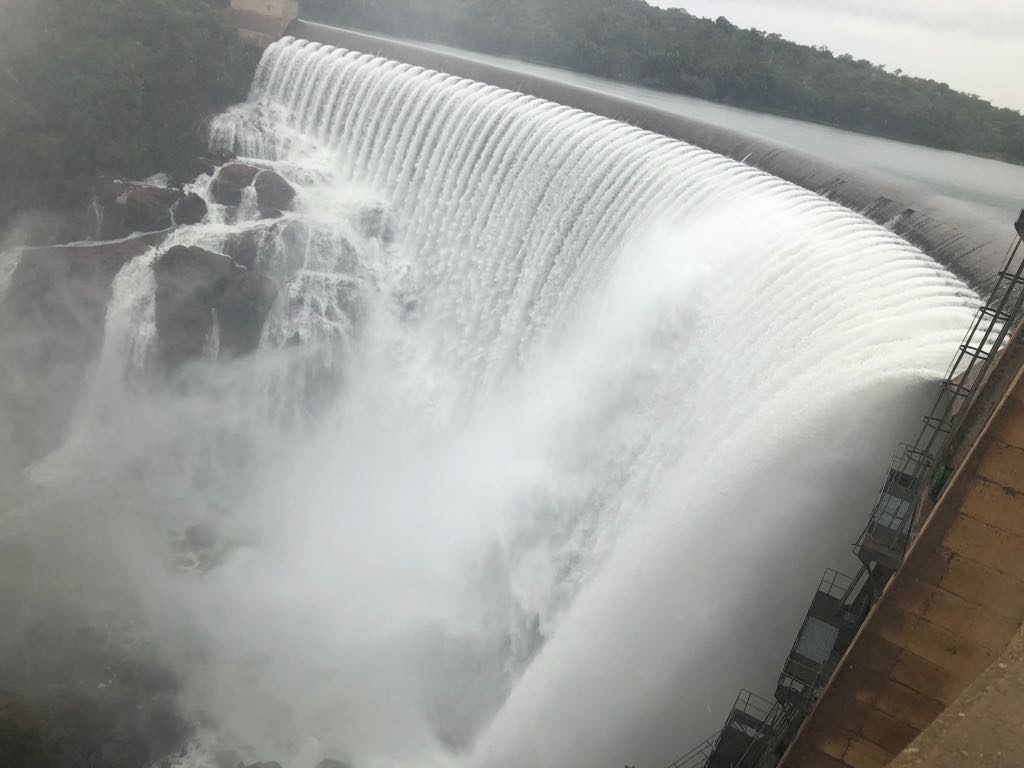Cape Town’s recent winter rain has significantly impacted the dam levels, which currently sits at 90% compared to 63% during the same time in 2020.
The Western Cape has also seen a rise in the average dam levels, which now stands at 67.8% against the 45% it reached last year.
Rainfall during the past week in the Western Cape saw an increase in the average level from 55% to nearly 68%.
According to TimesLive, levels of large dams like the Clanwilliam Dam have increased from 23.6% to 74% in just one week.
The Minister of Local Government, Environmental Affairs and Development Planning in the Western Cape, Anton Bredell said that large volumes of water have swooped in this past week.
“Three years ago at this time, the City of Cape Town was at the end of a devastating drought with dam levels low following a threat of a day zero event in the metro. This week the dams providing water to the metro have seen their levels increase from an average of 75% to 90%, an incredible number in a very short period,” he said.
Even though the dams are now fuller, Bredell has urged the public to continue to use water sparingly.
“Water will always be a scarce resource and we must adjust our behaviour change permanently. We need to do more with less. Overall, across the province, we are fortunate to be in the position we are in at the moment but we always need to look ahead and plan for the future. In addition, we remain concerned as always about the Gouritz River catchment area and we hope to see some relief in that region too.”
Major dam statistics are as follows:
Voëlvlei Dam — 71.7% full this week (2020: 59%. Last week: 61.9%)
Bergriver Dam 101% full this week (2020: 81.9%. Last week: 89.1%).
Theewaterskloof Dam — 95.7% full this week (2020: 59.2%. Last week: 79.4%)
Clanwilliam Dam 74.3%. (2020: 29.4%. Last week: 23.6%)
Picture: Twitter

